June 21, 2025 | 03:02 GMT +7
June 21, 2025 | 03:02 GMT +7
Hotline: 0913.378.918
June 21, 2025 | 03:02 GMT +7
Hotline: 0913.378.918
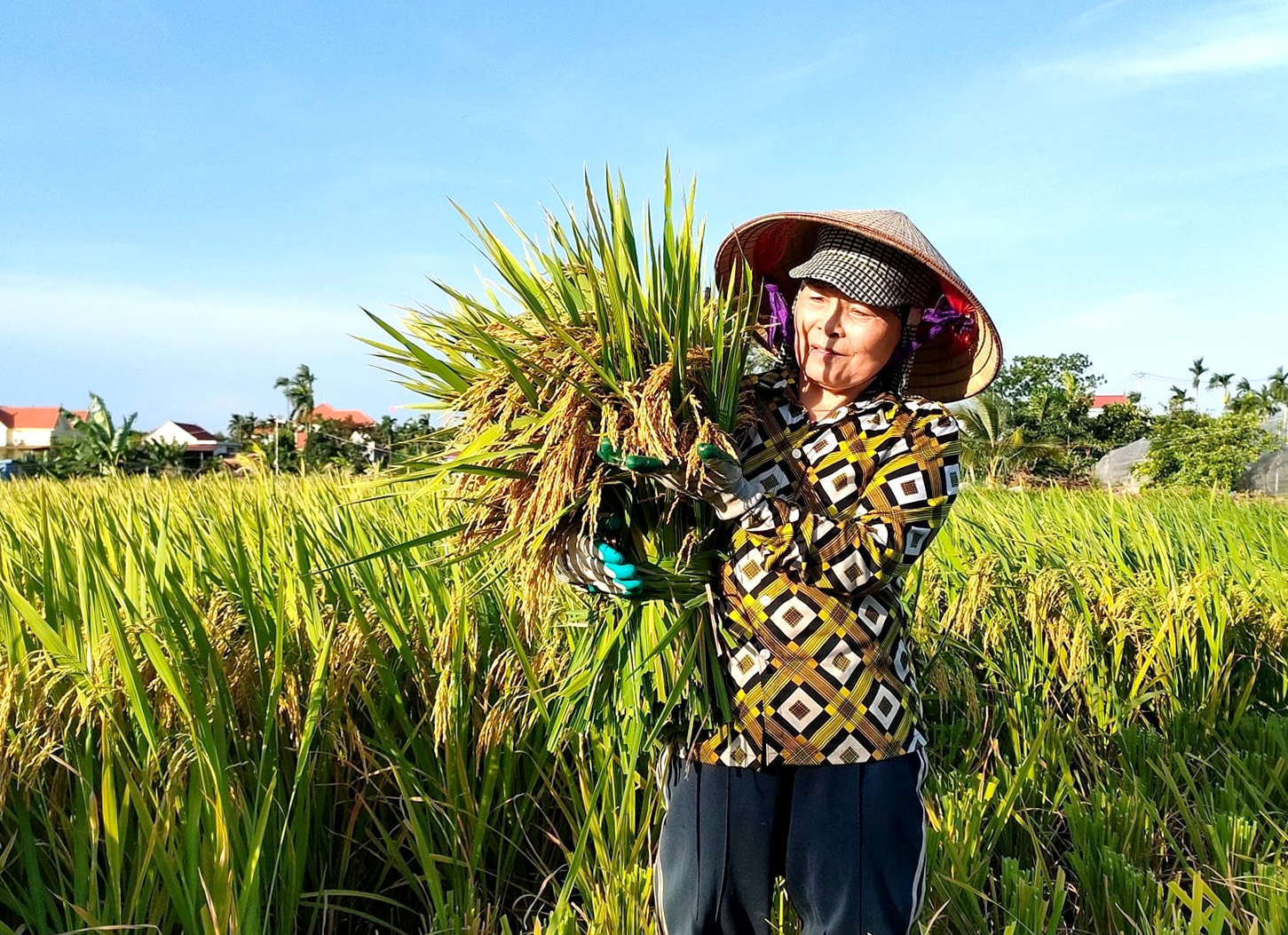
Farmer harvesting rice in Tan Hung district, Long An. Photo: Son Trang.
According to the Vietnam Food Association, on August 4, the price of rice 5% broken for export from Vietnam was trading at $618 per metric ton, increasing by $20 per metric ton compared to the previous day. This is the first time in history that the export price of rice 5% broken from Vietnam has exceeded $600 per metric ton.
Similarly, the price of rice 25% broken has also increased rapidly and approached $600 per metric ton, reaching $598 per metric ton on August 4 (an increase of $20 per metric ton compared to August 3). Thus, compared to the time when India issued the ban on exporting non-Basmati rice, the export price of rice from Vietnam has risen by $85 per metric ton.
In the Mekong Delta, due to the sharp increase in the export price of rice, the price of paddy has also significantly risen. Traders in Tan Hung district, Long An province, reported that OM 18 paddy is currently evaluated at 6,900-7,200 VND/kg, while Dai Thom 8 paddy ranges from 6,900-7,100 VND/kg. Other rice varieties like Nang Hoa 9, OM 5451, and IR 50404 have slightly higher or lower prices. Dry glutinous rice in Long An is priced at 7,700-7,900 VND/kg. Overall, the price of this year's summer-autumn rice crop is much higher than that of the same period in 2022.
According to the Ministry of Agriculture and Rural Development, the total rice cultivation area in Vietnam this year is 7.1 million hectares, with an expected output of 43.1 million tons. By the end of July, the country had harvested a total of 3.7 million hectares of rice from different crops, with an output of over 24.1 million tons. With this rice output, after deducting the amount of rice consumed domestically, Vietnam will have approximately 6.5-7 million tons of rice available for export.
Customs data also shows that from the beginning of the year until mid-July, Vietnam exported 4.5 million tons of rice, worth 2.4 billion USD. Therefore, from now until the end of the year, Vietnam still has roughly 2 million to 2.5 million tons of rice available for export, mostly from the Mekong Delta.
As the winter-spring rice crop in the Mekong Delta has already been harvested, and the summer-autumn rice crop has only reached about 50% of its cultivation area (with a total area of 1.48 million hectares in the Mekong Delta), the supply of raw rice material is not abundant. As a consequence, the volume of rice exports from Vietnam has decreased significantly in recent months. In April, the first time Vietnam's rice exports surpassed 1 million tons per month, but as May arrived, it sharply decreased to 725,000 tons. In June, rice exports continued to decline to 618,000 tons, and in the first half of July, it only reached 249,000 tons.
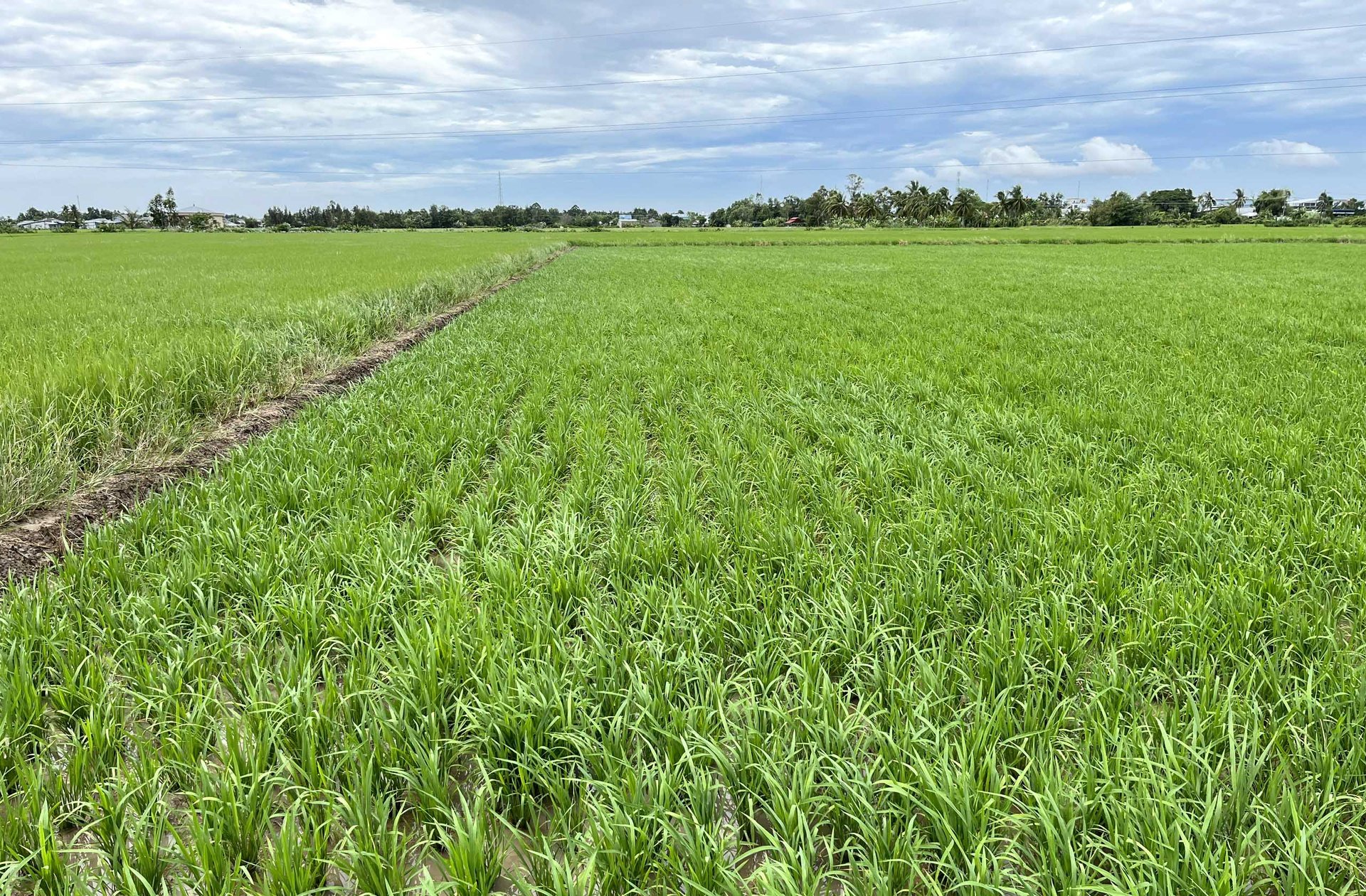
The autumn-winter crop area in the Mekong Delta will increase by about 50,000 hectares. Photo: Son Trang.
The limited rice volume and India's ban on exporting non-Basmati rice have significantly impacted the global rice market, leading to a substantial increase in the export prices of all types of white rice from Vietnam in late July and early August, reaching a record high.
Regarding the future trend of rice export prices from Vietnam, a businessman in Ho Chi Minh City stated that there is no definite answer at this time due to the ongoing concerns about global food security caused by India's ban and the current limited rice supply in Vietnam. Currently, businesses are actively purchasing raw rice for their signed export contracts while closely monitoring market developments both domestically and internationally to make appropriate decisions regarding prices and quantities for upcoming contracts.
To enhance rice export volume in the remaining months of the year, the Department of Crop Production (Ministry of Agriculture and Rural Development) has proposed that Mekong Delta provinces increase the cultivation area for the autumn-winter crop from the planned 650,000 hectares to 700,000 hectares. With an additional 50,000 hectares, it is expected to produce around 300,000 tons of paddy, equivalent to approximately 180,000 tons of rice.
Translated by Nguyen Hai Long
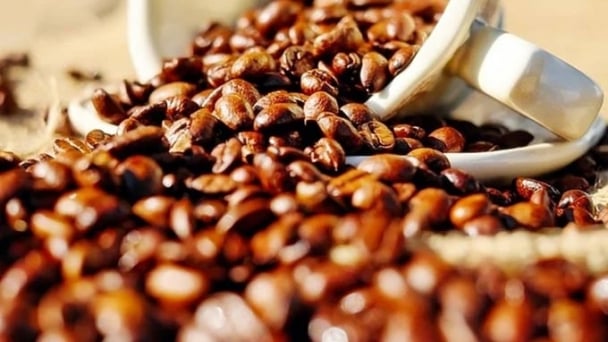
(VAN) Coffee prices on June 20, 2025, fluctuated, with Arabica plunging by 3%. Domestic coffee prices remained flat, trading at VND 103,000 – 103,500/kg.
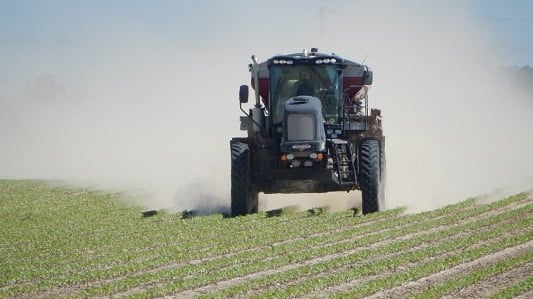
(VAN) The vice president of fertilizer with Stone X Group says increasing tensions in the Middle East are impacting global nitrogen prices.
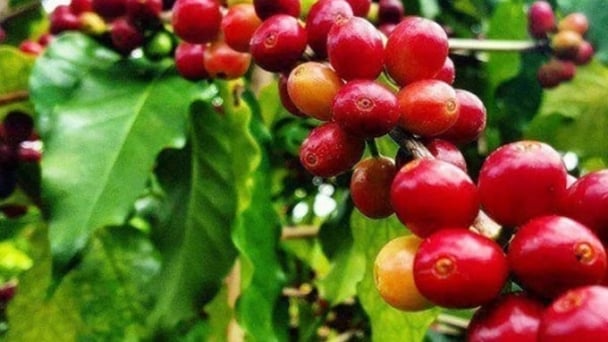
(VAN) Coffee prices on June 19, 2025 dropped globally. Domestic coffee prices dropped by as much as VND 2,300, plunging to around VND 107,100 - 107,700/kg.
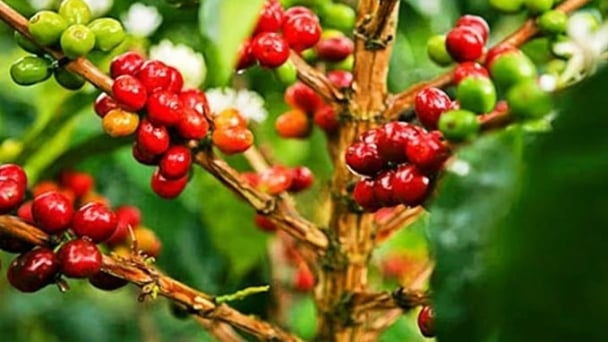
(VAN) Coffee prices on June 18, 2025, declined globally, with Arabica losing about 2.3%. Domestic prices fell by VND 1,600, down to VND 109,400 – 110,000/kg.

(VAN) Japan will release another 200,000 metric tons of rice from its emergency stockpile to tackle a doubling of prices since last year, Agriculture Minister Shinjiro Koizumi said on Tuesday.

(VAN) Coffee prices on June 13 declined sharply for Arabica. Domestic coffee market in Vietnam dropped by VND 2,000, trading at VND 111,500 – 112,300/kg.

(VAN) Coffee prices on June 12, 2025, continued to fall. Domestically, coffee prices decreased by another VND 2,000, trading at VND 111,500 – 112,300/kg.